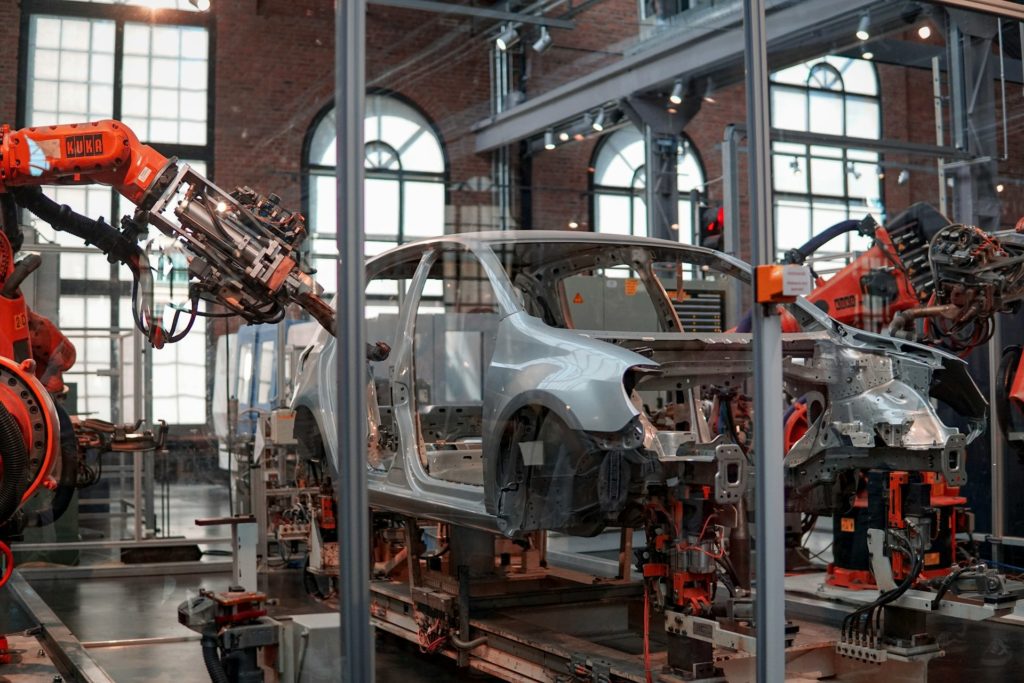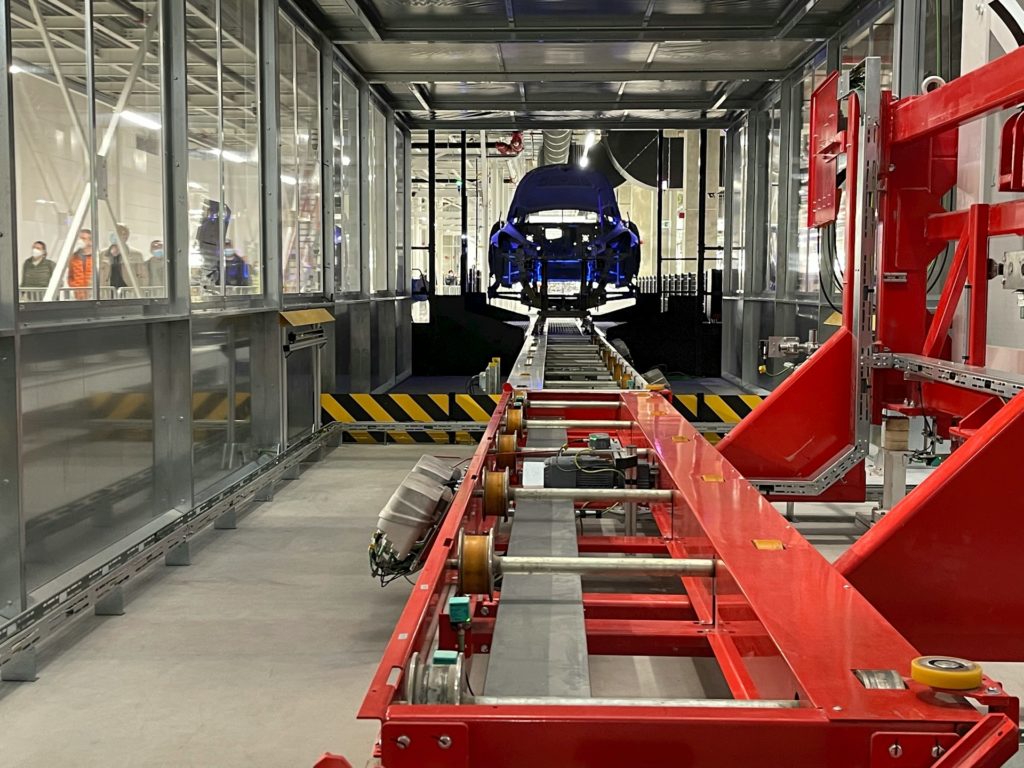
In the modern landscape of business and industry, the integration of automation has become paramount in enhancing efficiency and driving productivity. Automation refers to utilizing technology to perform tasks with minimal human intervention, allowing you to streamline processes and optimize workflows.
Some may fear that automation could lead to job displacement. However, its true potential lies in liberating human creativity and enabling individuals to focus on tasks that require innovation and critical thinking.
This article explores how you can leverage automation to streamline tasks and ensure your creativity and productivity flourish in various domains.
Table of Contents
The Evolution of Automation
While automation may seem like a contemporary concept, you can trace its historical roots back to ancient times when humans devised mechanical devices to simplify manual labor.
The evolution of automation has been a gradual process marked by technological advancements and innovation across various industries.
Early Mechanical Automation
Evidence of automation can be traced back to ancient civilizations such as Greece and China. Examples include water clocks, which automated time measurement, and water-powered mills, which automated the grinding process.
These mechanical devices laid the foundation for today’s more sophisticated automation technologies.
Industrial Revolution
The emergence of the Industrial Revolution marked a significant milestone in the evolution of automation. The invention of steam engines, mechanized looms, and assembly lines revolutionized manufacturing processes, leading to mass production and the increased efficiency you enjoy today.
Automation was pivotal in driving economic growth and transforming textiles, transportation, and agriculture industries.
Electromechanical Systems
The early to mid-20th century witnessed the development of electromechanical systems that further enhanced automation capabilities. The introduction of electrical control systems, relays, and timers enabled the automation of repetitive tasks in industrial settings.
These early systems provided the foundation for more advanced automation technologies, such as programmable logic controllers (PLCs) and industrial robots.
Rise of Digital Automation
The latter half of the 20th century saw the emergence of digital automation driven by advancements in computing technology. The invention of the microprocessor and the proliferation of computer networks paved the way for automation systems that you could program and control digitally.
This innovation led to automating complex manufacturing, telecommunications, and finance processes—processes most of us might take for granted today.
Integration of Artificial Intelligence
In recent decades, integrating artificial intelligence (AI) and machine learning has revolutionized automation capabilities. AI-powered systems can analyze large sets of data, recognize patterns, and make autonomous decisions without your input, resulting in more intelligent automation solutions.
From autonomous vehicles to virtual assistants, AI has expanded the scope of automation beyond repetitive tasks to include cognitive functions and decision-making processes.
Robotic Process Automation (RPA)
Robotic Process Automation (RPA) has emerged as a prominent automation technology in the digital age. RPA involves using software robots or “bots” to automate rule-based tasks you would typically have to do manually.
These bots can mimic your actions within digital systems, such as data entry, extraction, and document processing, leading to significant efficiency gains and cost savings across industries.
The Era of Smart Automation
Today, you will no doubt witness the dawn of the era of smart automation, characterized by interconnected systems, Internet of Things (IoT) devices, and autonomous agents.
Smart automation leverages advanced technologies such as sensors, cloud computing, and predictive analytics to create intelligent, adaptive systems that anticipate and respond to real-time changes.
From smart homes to smart factories, the potential applications of smart automation are vast and far-reaching. Automation has evolved significantly, from simple mechanical devices to sophisticated software systems powered by artificial intelligence (AI) and machine learning algorithms.
Initially, you would integrate automation in manufacturing industries to increase efficiency and reduce manual labor. However, with technological advancements, automation has permeated diverse sectors, including law, finance, healthcare, marketing, and beyond.

Streamlining Processes for Efficiency
One of the main benefits of automation is its capacity to streamline your processes to eliminate bottlenecks and reduce your operational overhead. Automating routine tasks such as email management, scheduling, and file organization allows you to reclaim precious hours that you would otherwise spend on mundane activities.
For instance, in a marketing department, you can employ automation tools to analyze your campaign’s performance, schedule social media posts, and personalize customer interactions. Automating these tasks enables your marketing team to focus their energy on devising creative strategies, crafting compelling content, and nurturing customer relationships.
Similarly, in software development, automation frameworks like continuous integration/continuous deployment (CI/CD) have revolutionized how you can build, test, and deploy applications. Through automation, your developers can accelerate the release cycle, identify bugs early in development, and deliver high-quality software products at scale.
Enhancing Creativity Through Automation
Contrary to popular belief, automation does not stifle the creative process. Instead, it creates an environment conducive to innovation by offloading repetitive and time-consuming tasks. Once free from menial chores, you can channel your creativity towards problem-solving, experimentation, and ideation.
For example, imagine you are a graphic designer who automates resizing images or applying filters using scripts or plugins. With these tasks automated, you can devote more time to brainstorming new design concepts, refining your visual aesthetics, and pushing the boundaries of your craft.
Moreover, automation can facilitate collaboration and knowledge sharing within teams, fostering a culture of creativity and cross-pollination of ideas. Leveraging collaborative tools and automated workflows enables your team members to collaborate on projects seamlessly, provide real-time feedback, and iterate rapidly, leading to innovative solutions and breakthroughs.
Maximizing Productivity and Efficiency
In addition to fostering creativity, automation is pivotal in maximizing productivity and efficiency across your business. Automating repetitive tasks allows your business to operate more efficiently, reduce errors, and reallocate resources to areas that drive growth and innovation.
Furthermore, automation enables your business to adapt to dynamic market conditions and scale your operations effectively. Whether scaling customer support with chatbots, automating lead generation and nurturing processes, or optimizing supply chain management, automation can empower your organization to stay agile and competitive in a fast-paced environment.
However, it is necessary to balance automation and human intervention. While automation can streamline your processes and enhance efficiency, specific tasks require human judgment, empathy, and creativity. Therefore, your organization must carefully evaluate which tasks are suitable for automation and where human expertise is indispensable.
Overcoming Challenges and Embracing Automation
Despite its numerous benefits, the adoption of automation is not without challenges. Implementation hurdles, technical complexities, and resistance to change are some of the obstacles your organization may encounter on its automation journey.
Moreover, there are concerns about job displacement and the ethical implications of automation, particularly regarding data privacy and algorithmic bias.
To address these challenges, your organization must foster a culture of continuous learning and adaptation. Investing in upskilling programs and employee training can help people acquire the skills needed to thrive in an automated world.
Your organization must prioritize transparency and accountability in automation initiatives by integrating ethical considerations into automated system design and implementation.
Automate Tasks To Make Space For Innovation
Automation holds tremendous potential for enhancing efficiency, driving productivity, and fostering creativity across various domains. By streamlining tedious and repetitive tasks and freeing up valuable time and resources, automation empowers you to focus on activities that require innovation, critical thinking, and human judgment.
However, successfully integrating automation requires careful planning, strategic implementation, and a commitment to lifelong learning and adaptation. Ultimately, by embracing automation responsibly, your organization can accelerate growth, unlock new opportunities, and create a brighter future for all.

